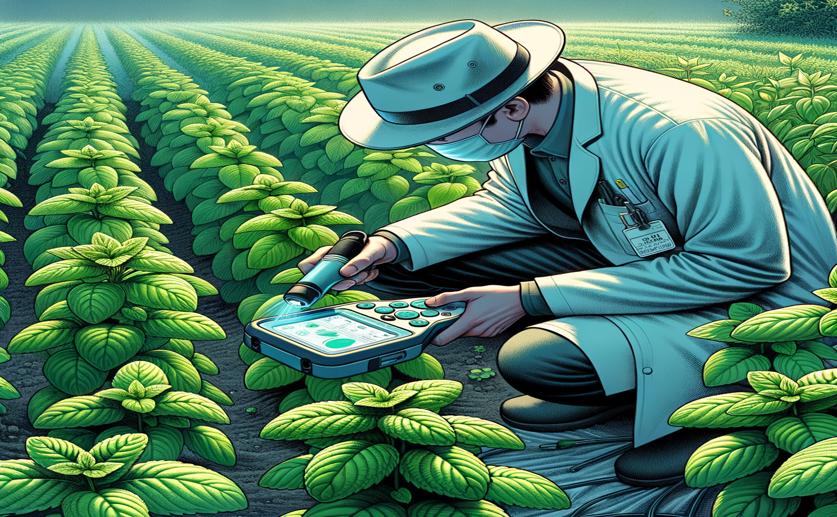
Portable Tools and Imaging to Identify Contaminants in Mint and Basil
Jim Crocker
31st May, 2024

Image Source: Natural Science News, 2024
Key Findings
- The study from LUT University shows that handheld FTIR and Raman spectrometers can effectively detect contaminants in Basil and Mint plants on-site
- These portable devices allow for real-time monitoring and rapid decision-making, crucial for preventing crop loss in precision agriculture
- The research establishes reliable spectral processing procedures to ensure accurate data from handheld devices, even in noisy environments
References
Main Study
1) Portable spectroscopy, digital imaging colorimetry and multivariate statistical tools in contaminant identification: A case study of mint (Mentha) and basil (Ocimum basilicum).
Published 30th May, 2024
https://doi.org/10.1016/j.heliyon.2024.e30924
Related Studies
2) The use of FTIR spectroscopy to monitor modifications in plant cell wall architecture caused by cellulose biosynthesis inhibitors.
3) Portable Raman leaf-clip sensor for rapid detection of plant stress.
4) Advanced Application of Raman Spectroscopy and Surface-Enhanced Raman Spectroscopy in Plant Disease Diagnostics: A Review.



 29th February, 2024 | Jim Crocker
29th February, 2024 | Jim Crocker